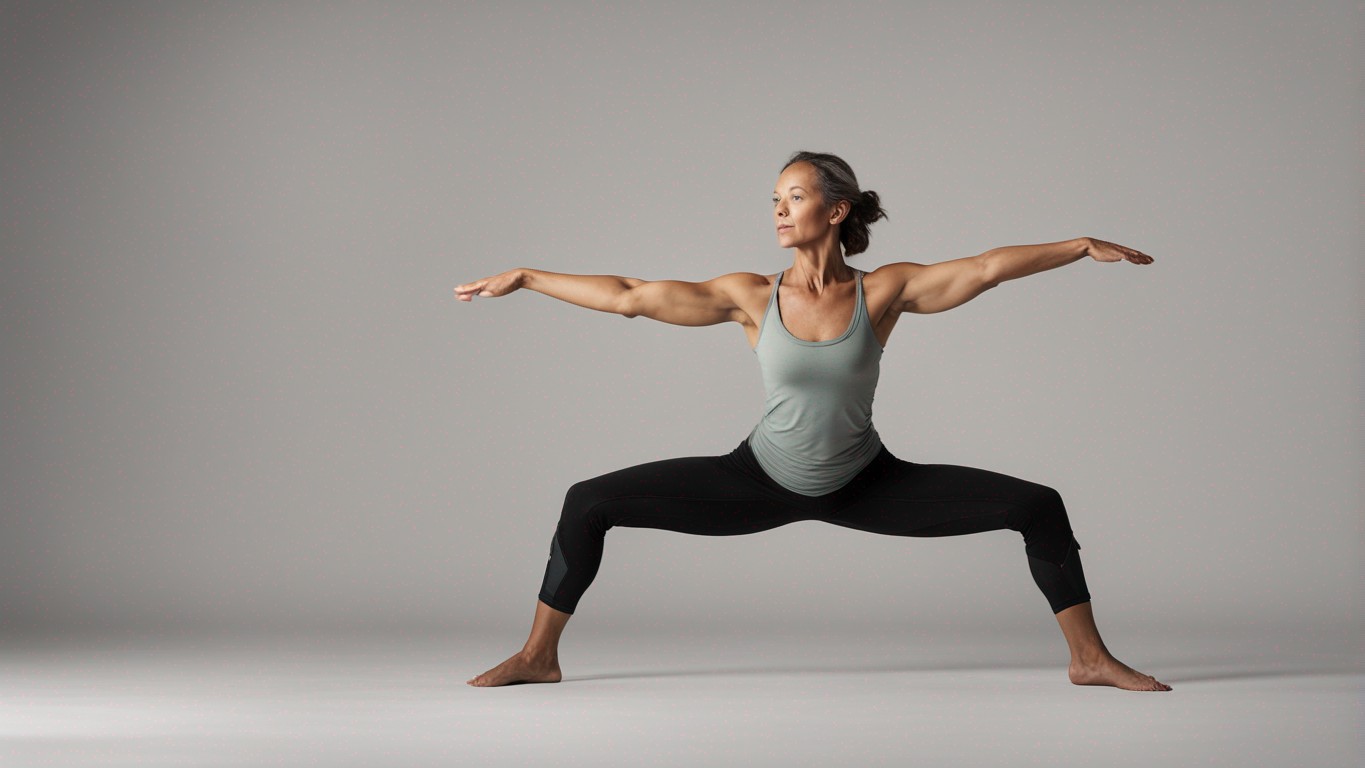
Unlocking the Power of Yoga: Lower Body Mobility and Beyond with the Garland Pose
Garland Pose or Malasana, known in yoga as the yogi squat, has always been more than a simple exercise. Incorporating this pose into your routine opens the doors to improved flexibility, enhanced strength, and profound mental grounding. It’s about engaging every fiber of your body and anchoring your focus firmly in the present moment, proving once again that yoga is as much a mental practice as it is a physical one.
An Exploration of the Garland Yoga Pose
When performed with attention to alignment and awareness, the Garland Pose delivers benefits that go beyond toning the lower body. The pose is a deep squatting position, with hands held in prayer close to the chest – a stance that’s simple in theory, but rich in advantages when done correctly.
The Physical Benefits
The uniqueness of the Garland Pose lies in its dual purpose of stretching and strengthening your body. As you immerse yourself in the rhythm of the pose, you’re giving your hips, thighs, crab muscles, the Achilles tendon, and the knees a gentle stretch. This action over time helps immensely with mobility and flexibility.
Meanwhile, the feet muscles work overtime to keep steady, thus garnering strength. It’s a fine example of yin and yang working harmoniously in the realm of yoga.
The Mental Advantages
There is a certain charm to the grounded feeling the pose imparts. Being closer to the earth and the gentle pressure of hands held in a prayer pose brings a calming serenity. Moreover, yoga preaches that our hips are a storehouse of pent-up emotions and energy. The Garland Pose opens up this metaphorical Pandora’s box, giving you an avenue to let go of any lingering anger, anxiety, or emotional upheaval.
Perfection Is in the Details: Performing the Garland Yoga Pose
While it may take several attempts to perfect, the journey of mastering the Garland Pose is a fulfilling one. The series of steps, starting from standing upright with feet hip-width apart to landing in a deep squat, requires patience and practice. Incorporating slow, deep breaths into the pose promotes conscious engagement with your body and also serves as a meditative element.
It’s beneficial to note that the pose allows customization based on individual abilities. Modifying to increase comfort, such as using a rolled-up mat or a block for support, can make the pose more accessible. If a full squat doesn’t feel right initially, lying back with feet against the wall offers an easing alternative.
Avoiding Common Pitfalls
As with every physical endeavor, there are some obstacles on the road to mastering Malasana. Key among these is maintaining correct posture – an upright back, active palms, and a lifted head are essential. Forcing your heels to the ground without proper readiness could lead to injuries. Prioritize feeling grounded and peaceful above all, and remember: force and strain are alien concepts in yoga. Progress comes with patience and incremental changes.
Key Points Personalized for You
- Garland Pose offers a deep stretch to the lower body, enhancing hip, knee, and ankle mobility.
- Along with physical strength, the pose promotes emotional release and grounding.
- The step-by-step execution of the pose requires mental focus and encourages mindful breathing.
- Modifications like rolled mats or blocks make the interaction with the pose more personalized and less strenuous.
- Maintaining an upright back and active palms helps achieve good posture.
- Listen to your body and avoid forcing any movement, prioritizing peaceful grounding instead.
Remember, personal progress is not a race; instead, it’s a deeply personal journey. In the world of yoga, every pose is a puzzle that helps you unlock the door to knowing yourself better. The Garland Pose is no different – it’s a holistic tool for physical agility and mental clarity.
Source Article: https://www.bustle.com/wellness/garland-pose-yoga



